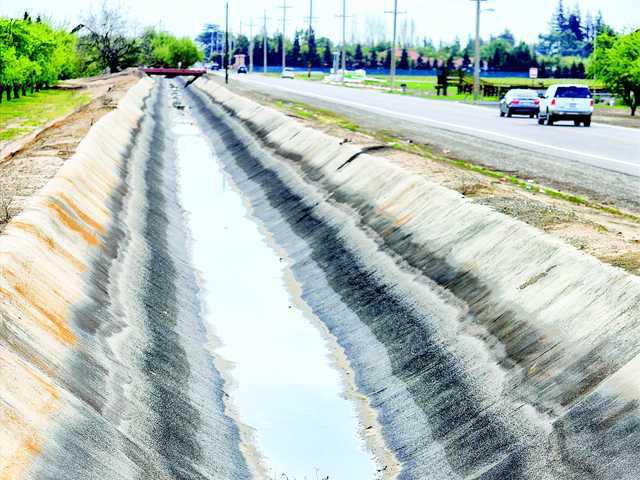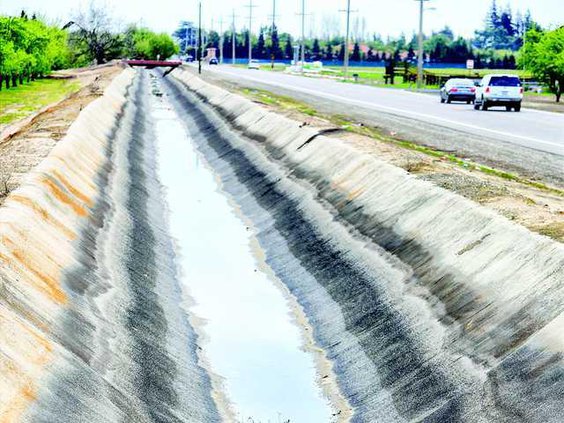The snowpack on the Stanislaus River watershed now holds the equivalent of 2 million acre feet of water — more than double the normal runoff for an entire water year.
How the weather unfolds over the next few months will determine how much of that water New Melones Reservoir captures.
If temperatures rise sharply instead of gently over the coming weeks it would accelerate runoff forcing reservoir operators up and down the state to kick up releases to avoid dams being overwhelmed. Temperatures rising nice and easy would create a more controllable runoff to allow reservoirs to capture higher amounts of storage for the summer and fall as well as ease pressure on stressed levees.
It is against that backdrop on Tuesday that the South San Joaquin Irrigation District board tentatively set the start of the 2017 irrigation season for March 21 with the stipulation Board President Dale Kuil will make the final call.
The SSJID still is working to complete storm-related damage to the main canal. At the same time, a storm anticipated to move through the South County later this week could dump enough rain for orchards and crops to postpone the start of the irrigation season.
“It (the irrigation season) should start in the next week to two weeks,” noted SSJID General Manager Peter Rietkerk.
The March 1 snow survey on the Stanislaus River watershed reported 58 inches. That is enough to yield 2 million acre feet of runoff compared to the average of 1.1 million acre feet in a normal year for precipitation.
“Timing is crucial,” Rietkerk noted in maximizing water storage. “Nice and easy is best.”
Forecasters are projecting based on current trends that New Melones storage will peak this year at 1.9 million acre feet or almost 90 percent of its 2.4 million acre foot capacity
New Melones as of Tuesday was at 1,486,942 acre feet of water or 70 percent of capacity. The level is 113 percent or normal for this time of year.
Outflows have more tripled in the past few weeks as they were ramped up to 867 cubic feet a second against inflows of 4,426 cubic feet per second. Outflows from other major dams in the Sierra are significantly higher as operators work to make room for the huge runoff. Don Pedro on The Tuolumne River is releasing 9,993 cubic feet per second against an inflow of 5,695 cubic feet per second. The reservoir is at 92 percent of its 2 million acre foot capacity that is 128 percent of average for this time of year.
To contact Dennis Wyatt, email dwyatt@mantecabulletin.com
Irrigation season starts after March 21





